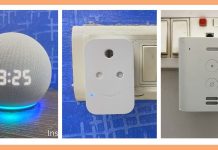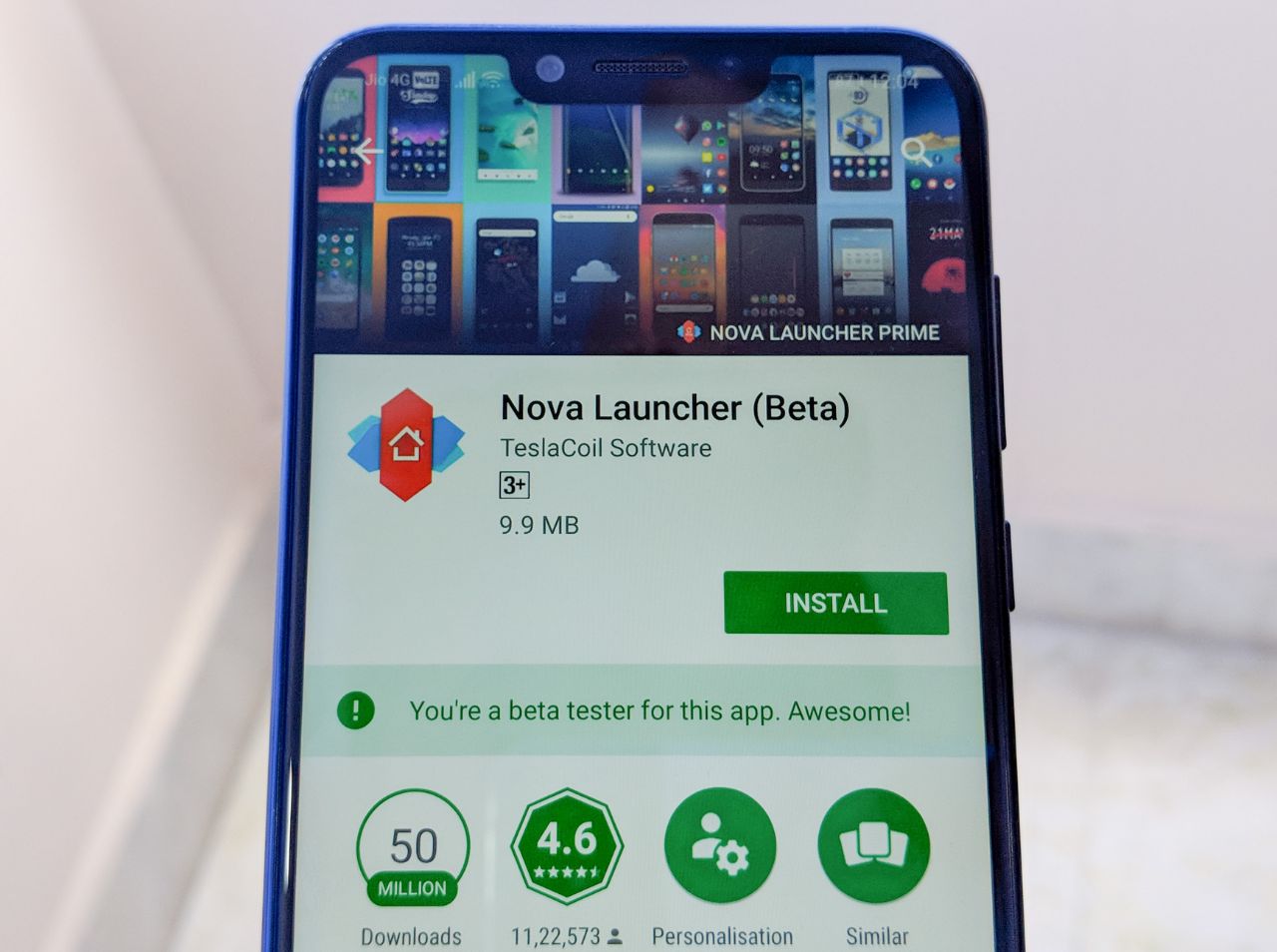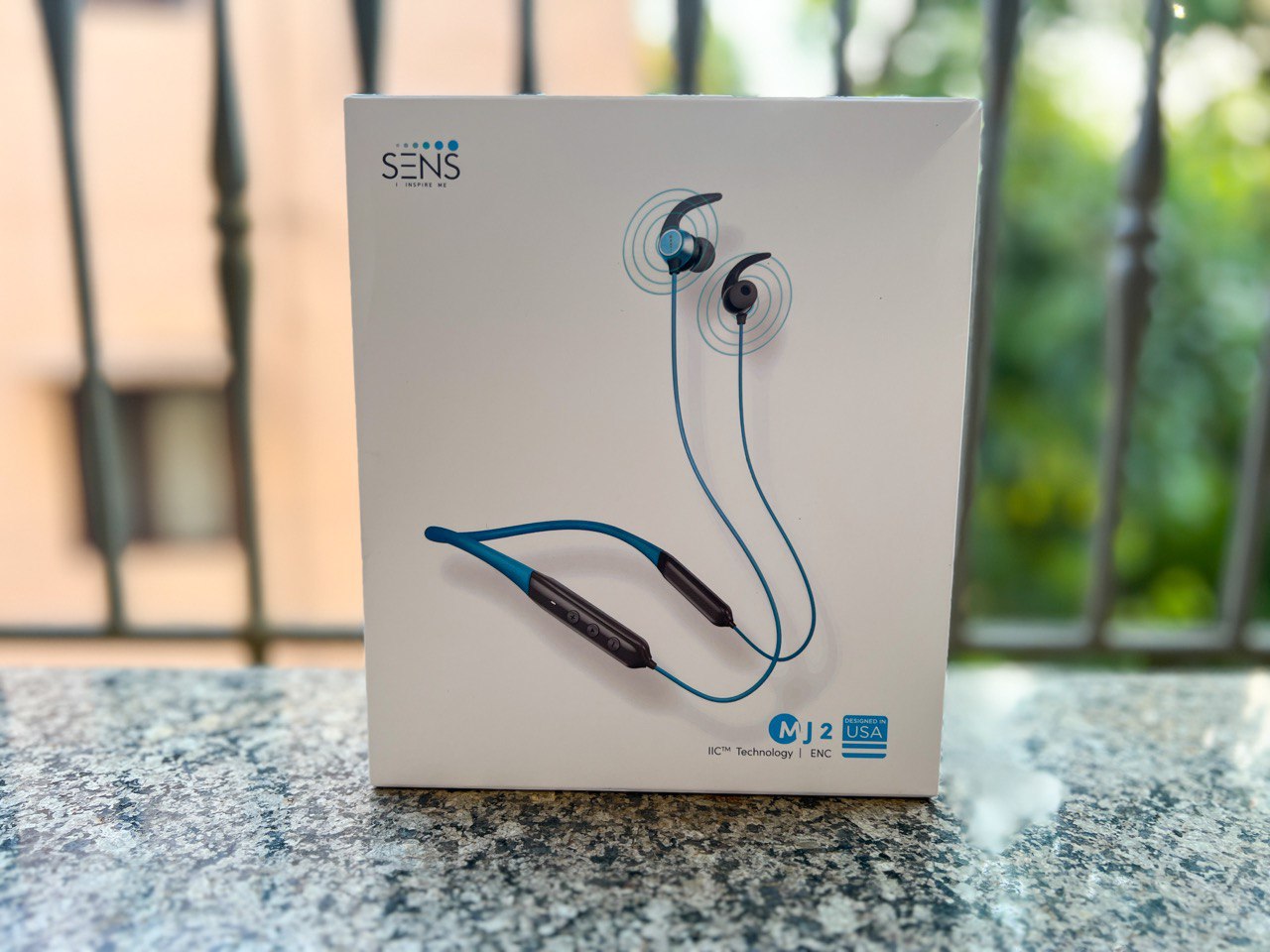Near Field Communications, or NFC, is still a relatively new concept for Android users. As such, it is not unheard of that the concept of using this breakthrough technology is foreign and misunderstood. Until recently, I was stuck thinking the only purpose was to instantly transfer files between two Android-powered phones by tapping them together. Boy was that an underestimation.
Android Developers defines NFC as “a set of short-range wireless technologies, typically requiring a distance of 4cm or less to initiate a connection.” It allows you to use your Android device to not only share data between two NFC enabled devices using Android Beam, but also to download imbedded data from NFC tags, and to make instant payments with Google Wallet.
NFC tags come in all different shapes and sizes. What you are able to store on a single tag varies depending on the type of tag used. Some tags for instance, have a small amount of memory and are designed to be read-only, while other, more complex tags contain operating environments that allow for executing code.
There are so many creative things you can do with an NFC tag the most commonly used being to set up system profiles. One Android OS feature that is collecting spider webs on my phone is the “Profiles” option. It is just simply not convenient enough for me. By programming a set of NFC tags with your desired system settings you can quickly and efficiently enable an entire profile per your situation. All you need to do is place the programmed tag at the desired location such as in your car, next to your bed, or at your desk, then scan the tag, and you’re all set. Cnet offers a huge list of creative ideas on how to best utilize your NFC tags, such as giving Wi-Fi access to your friends without telling them your password, quickly engaging your favorite playlist, and even pranking your friends with the oh-so-popular rickroll.
Now that you have learned some of the fun ways to use a tag, you’re probably wondering if you have the capabilities to USE a tag. The list of compatible devices is growing rapidly as the technology advances. Luckily, there is a site devoted to keeping track of the growing list, and what type of NFC features they carry. If you happen to have one of the streamline devices mentioned on this list you will need to learn where to purchase the tags and how to program them.
Tags can be purchased online from Amazon and E-bay as well as the retailers mentioned on this XDA-Developers thread. If you don’t like waiting around for the mail, like myself, you may also be able to purchase tags from Fry’s Electronics. A great explanation on how to choose the right tag can be found at NFCtags. It is a good idea to purchase preformatted tags to avoid any formatting issues.
Now that you have your tags, it is time to program them. The process is pretty simple once you know what you’re doing. You will need to install the Android app, NFC Task Launcher. The app is pretty self explanatory, but for a video demonstration, cnet has you covered.
So there we have it, three simple steps to making your life easier with NFC Tags. To sum up:
- Make sure you have a NFC ready device.
- Purchase NFC Tags online or at your local Fry’s.
- Download NFC Task Launcher to program your tags.
For a list of commonly asked NFC Tag questions visit Kimtag.











